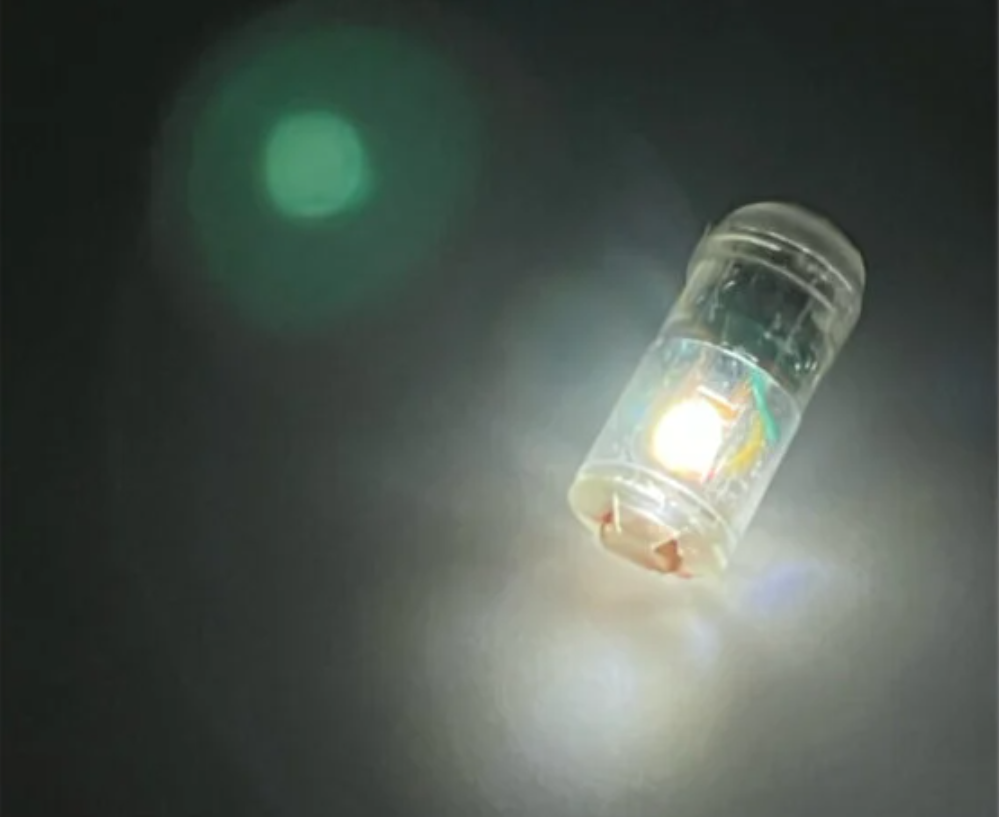Breakthrough brain study offers renewed hope against opioid addiction
Research has unveiled vital insights into how the brain might possess an intrinsic ability to curtail the urge to consume fentanyl.

[July 9, 2023: Staff Writer, The Brighter Side of News]
Research has unveiled vital insights into how the brain might possess an intrinsic ability to curtail the urge to consume fentanyl. (CREDIT: Creative Commons)
As the specter of the opioid crisis continues to menace public health across the globe, the notorious synthetic opioid, fentanyl, has emerged as a major player in addiction development and subsequent fatalities caused by overdose.
In a revolutionary development that brings a sliver of hope to the ongoing fight against opioid addiction, a research group from the Hebrew University of Jerusalem's Edmond and Lily Safra Center for Brain Sciences, led by Prof. Ami Citri, has unveiled vital insights into how the brain might possess an intrinsic ability to curtail the urge to consume fentanyl.
Published in the journal Current Biology, their groundbreaking study, titled "Claustral neurons projecting to frontal cortex restrict opioid consumption," fixates on a specific category of brain cells known as claustral neurons and their role in fentanyl consumption.
The researchers unearthed that these claustral neurons displayed unique activity patterns when fentanyl was consumed. By manipulating these neurons, the research team found that they could influence the volume of fentanyl intake, pointing to a direct impact these neurons have on opioid consumption.
Related Stories:
This revolutionary investigation also heralds the advent of a novel methodology for examining opioid consumption, designed to more accurately simulate the real-world conditions under which humans consume opioids. By facilitating the investigation of how social interactions can modulate drug consumption, this pioneering technique is poised to furnish precious insights, fostering the identification of potential treatments to mitigate addiction.
The insights generated from this study represent a quantum leap forward in our collective fight against opioid addiction. In particular, the revelation that the claustrum could act as a fentanyl intake regulator is of substantial interest.
The study showed that an activated claustrum resulted in reduced drug intake, while suppression of this region led to a surge in drug consumption. This key finding intimates that honing in on claustral neurons could hold considerable promise for devising effective strategies aimed at curbing opioid addiction in human patients. This promising line of investigation is currently being pursued further in the lab.
Fentanyl induces IEG expression in frontal-projecting claustral neurons. (CREDIT: Current Biology)
A jubilant Prof. Ami Citri, the principal investigator from the Hebrew University of Jerusalem, was effusive about the potential implications of the study, expressing, "Our findings shed light on the intricate relationship between the brain and fentanyl consumption. Understanding the role of claustral neurons in regulating the urge to consume opioids offers a new avenue for interventions aimed at curbing addiction."
The implications of the study's outcomes for public health initiatives aimed at tackling the opioid crisis cannot be overstated. By broadening our comprehension of the neural processes entwined in addiction, researchers and healthcare professionals can collaborate to devise more potent strategies for prevention and treatment.
Acute stimulation of frontal-projecting claustral neurons limits bouts of fentanyl consumption. (CREDIT: Current Biology)
Additionally, the study embodies a notable technical milestone in the realm of neuroscience.
Co-authored by Anna Terem, who was recently bestowed her PhD, and Yonatan Fatal, who embarked on the project as a high-school student, the research underscores the potential to sculpt future therapeutic interventions and provides invaluable insights into the mechanisms governing the regulation of opioid consumption.
Fentanyl-induced cortical excitation is enhanced by inhibition of frontal-projecting claustral neurons. Experimental setup. Mice are head-fixed on a linear treadmill. A neuropixels probe is inserted in the frontal cortex. Drugs are injected subcutaneously (s.c.). (CREDIT: Current Biology)
Looking ahead, this investigation paves the way for further delving into the claustrum's function at different stages and aspects of the addiction process. The findings underscore the claustrum as a viable target for intervention in fentanyl addiction.
Follow-up studies could probe drugs and substances that boost claustrum activity to assess their efficacy in curbing drug consumption and addiction. While more research is undoubtedly required, the findings from this study hold considerable promise for not only preventing addiction but also potentially assisting individuals currently embroiled in the throes of active addiction.
For more science and technology stories check out our New Discoveries section at The Brighter Side of News.
Note: Materials provided above by The Brighter Side of News. Content may be edited for style and length.
Like these kind of feel good stories? Get the Brighter Side of News' newsletter.



